
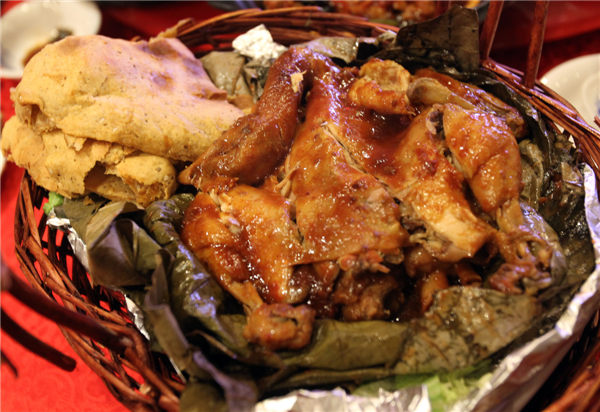 |
|
Lotus-leaf chicken wrapped in bread crust |
Made largely from sorghum, barley and peas, Shanxi vinegar is more full-bodied and well-rounded than regular distilled vinegar and is comparable to the most expensive balsamic vinegar from Italy, says Martin Yan, a Chinese-American celebrity chef based in California.
Sauces featuring tomato and fried eggs, or minced meat and chopped garlic sprouts, are commonly served with Shanxi noodles. Eggplants and Chinese cabbages are also frequently used in preparing sauce.
Pickled garlic and white and red carrots will be served alongside to balance the glutinousness and slight greasiness of the noodles, Li explains.
There are more than 400 kinds of flour that can be turned into noodles in various forms. The most common are made of buckwheat, oats, sorghum, corns and beans.
In addition to noodles, the new Shanxi cuisine has also evolved with time: It has shaken off its former dark appearance in favor of a more elegant look, says Li.
The kaolaolao is a good example: The hand-kneaded bun is sometimes carefully laid beside the minced meat and vegetable mixture used for stuffing to make an attractive plate. The sauteed version is chewy and mixed with fried eggs and vegetables. An alternate preparation comes in a bamboo steamer and resembles a beehive: Each piece is rolled into a column shape and stood up next to the others. Compared to the sauteed type, it's softer and creamier and pairs well with the tomato or fried-meat sauce. All three forms of kaolaolao should be eaten while hot. Otherwise, they will get hard and dry.
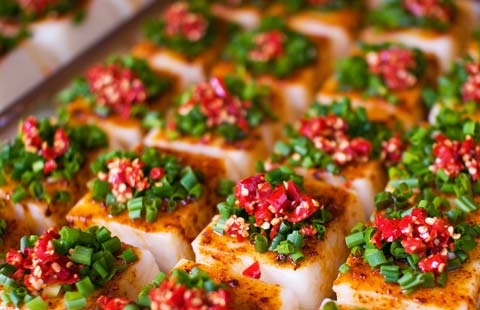
China's top 10 foodie cities |
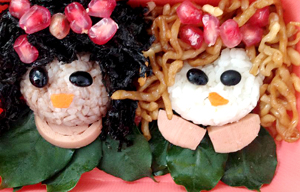
Cute boxed meals |
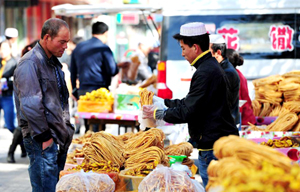
Muslims greet annual festival of Eid al-Adha in Yinchuan |
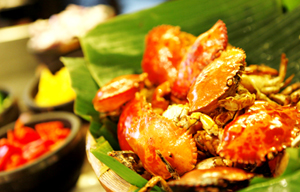
Cafe Noir hosts Singapore food festival |
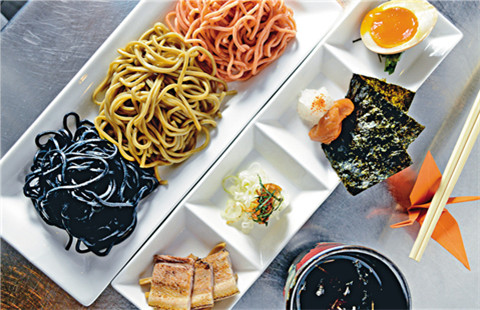
11 cold noodles for hot summer days |

Top 10 catering brands in China |

Watermelon toast gains popularity in Taiwan |
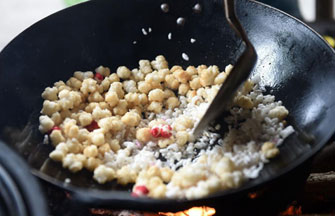
Tradition of drinking oleic tea in Guangxi |